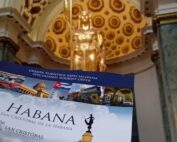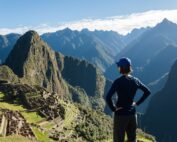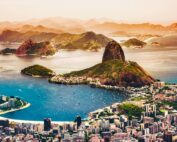Curaçao: an island of more than sun and beaches

By Marina Menéndez
The orange gabled roofs, seen from the sky, are a glimpse of the colorfulness awaiting travelers’ eyes on setting foot in Willemstad, the capital of Curaçao. The exquisite colonial buildings evoke the architecture of Amsterdam, but the explosion of colors is much more dazzling on this island.
The cheerful bright blue, green, red and yellow façades are far removed from Curaçao’s dark past as a major market of the Atlantic slave trade. A legacy of those times is the 18th century drum, music genre and dance form known as tambú, dubbed the Curaçao blues, through which slaves expressed their sorrows.
The indigenous inhabitants of the island were also enslaved following colonization by Spain, and taken to the island baptized with the demonym of the Crown: La Española (Hispaniola).
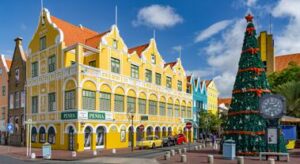
Today, however, all this is a past evident only in the historical and cultural richness that can be seen in the museums and even in the streets, representing one of the island’s attractions.
This can be seen in the beautiful and picturesque murals that adorn the façades in the neighborhood of Otrobanda, as pronounced in Papiamento (the Portuguese-based creole language), on the other side of the famous Queen Emma Bridge. The local street art has turned this district into an open-air art gallery.
Although the island still belongs to the Kingdom of the Netherlands, which has ruled it since the Dutch West India Company seized it from Madrid, today it is an autonomous territory and one can appreciate a national identity with its own characteristics, born from the melting pot of races and nations that have left their mark.
The legacy of the children of Africa, with their ancestral strength and character, blends perfectly with the fine manners of Europe. The island has also seen the influx of its South American neighbors, which is logical, given Venezuela’s shores are so close that at one time Curaçao was considered to be under the jurisdiction of Caracas.
This mix gave rise to cheerful and polite citizens who welcome tourists and happily offer their surprising array of local dishes, such as Papaya Stobá (papaya stew): a combination of the fruit with beef and pork tail.
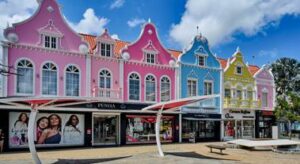
Known as “the last letter” of the acronym ABC —Aruba, Bonaire and Curaçao, which identifies the former Netherlands Antilles— this destination is considered one of the four in Latin America set to see tourism recover to pre-COVID-19 levels, according to UN experts.
Among its neighbors, Curaçao has not received the most visitors in recent months. However, the arrival of more than half a million vacationers in 2023 is a record heralding sustained tourism growth.
Much like its sister nations in the Lesser Antilles, the greatest beauty lies in the island’s abundant and sunny beaches. However, there is much to be discovered in its history, culture and its people.

MORE NEWS


